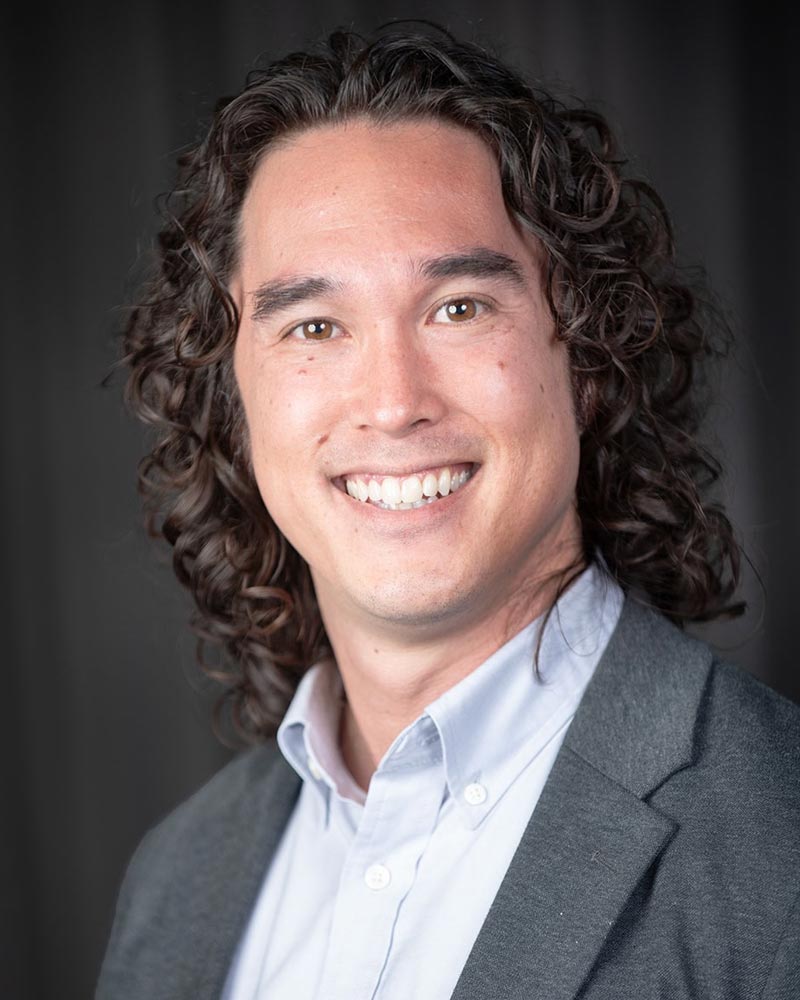Tibbetts, who studies motivation and achievement in higher education, turned his research focus to medical school students after a colleague working with the American Association of Colleges of Osteopathic Medicine shared the plight of medical school students and doctors.
“I saw the alarming trends of burnout rates and other psychological symptoms that are much more prevalent among doctors relative to the general population,” Tibbetts said. “So, my colleague and I put our heads together to figure out how we can support the physician workforce.”
Tibbetts’ team collected and reviewed data that showed 29% of students in the first semester of their first year of osteopathic medical school reported feeling moderately to severely burned out. By the time they graduated, the number was nearly two-thirds.
Of the students reporting burnout, 68% said they also had moderate to severe psychological symptoms associated with psychiatric disorders. Though these were students studying to become an osteopathic doctor or D.O., Tibbetts believes there are likely similar trends for students pursuing their allopathic medical, or M.D. degrees.
“What is happening in medical school that is more than doubling the burnout rate from entering to exiting?” Tibbetts asked. “This is the problem that we’re trying to solve.”
Measuring Learning Mindsets
In his work with undergraduate students, Tibbetts and his Motivate Lab colleagues have shown that elements of learning mindsets – like growth mindset, purpose and relevance, and sense of belonging – are related to academic success and student well-being.
“We know that through interventions, through changes to the educational context, that we can improve learning mindsets,” Tibbetts said. “We can support a student to feel more like they belong, or to perceive more purpose and relevance about what they are studying.”
Tibbetts and his colleagues wanted to know if what was true for undergraduates would also be true for medical school students, so they surveyed 6,622 students from across the country.






